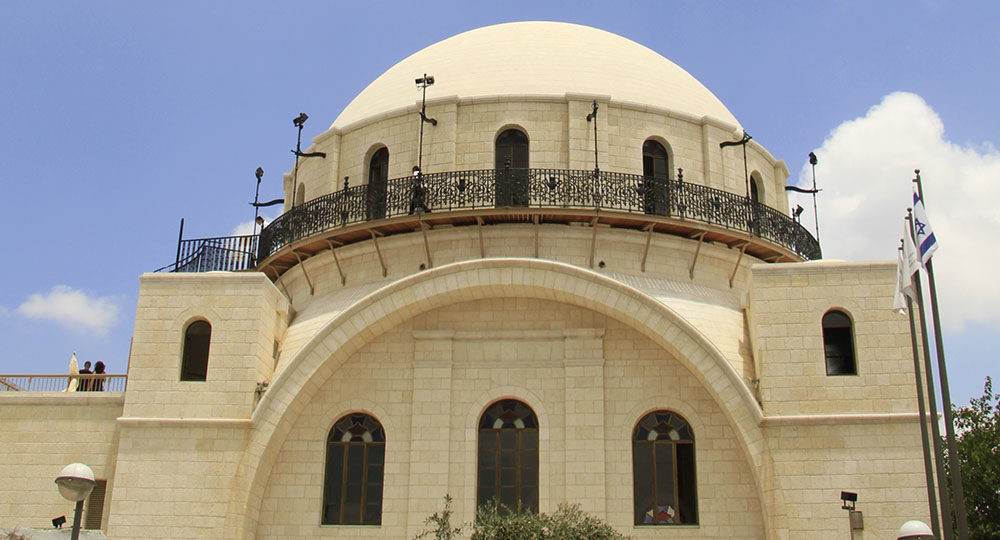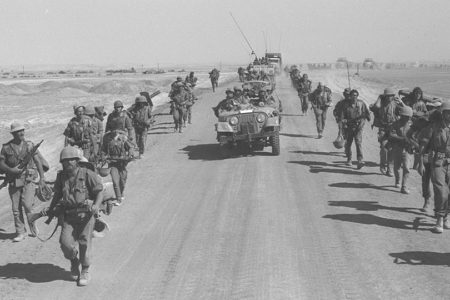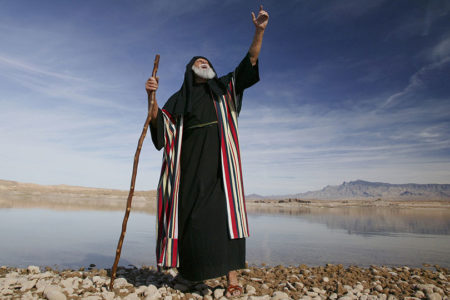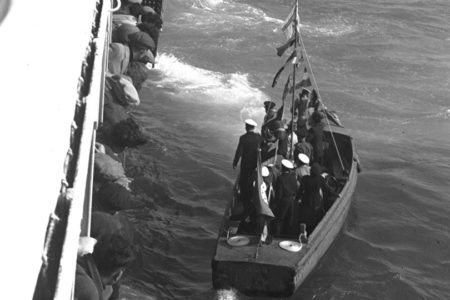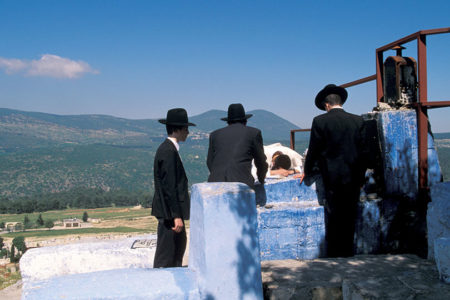Jewish East Jerusalem
Is a ruin still a ruin when it is rebuilt? It is when the ruin is a synagogue located in the Old City in what today is called East Jerusalem. The Hurva (Hebrew, “ruin”) Synagogue was dedicated on March 15, 2010, in the presence of rabbis, Israeli politicians, and dignitaries from around the world. It stands as a witness to the strength and resilience of the Jewish people who live in such a violent neighborhood.
Founded in 1701 by Polish Jews who made aliya (“ascended” to Israel), it was originally named Beit Ya’akov (“House of Jacob”). Construction was not yet complete when Muslims leveled it to the ground in 1721. It stood in ruins for nearly 140 years until disciples of the great Talmudist and scholar, the Gaon of Vilna (Vilnius, Lithuania), began to rebuild it in 1836. Completed in 1864, it was a fixture in Jerusalem’s skyline for more than 80 years.
By May 15, 1948, the day after Israel gained its independence, five Arab nations attacked the fledgling country, determined to drive it into the Mediterranean Sea. At the time, thousands of Jews lived in the Old City. Elite Jordanian forces overpowered them, forcing them to flee. The Jordanians quickly set explosives and blew up the synagogue, hoisting their flag on its ruins.
Thousands of Jewish people in East Jerusalem became refugees, including all who lived in the neighborhoods of Nahalat Shimon (established in 1891) and Shimon HaTzadik (purchased in 1876), settled by Ashkenazic and Sephardic Jews.
East Jerusalem was Jewless for 19 years. No Jewish people were permitted to live there. In 1950 Jordan annexed it. With the Jewish presence extinguished, 35 of the 36 synagogues in the area were destroyed. Materials from Jewish homes, synagogues, and other buildings were used to build hen-houses and stables.
Headstones from Jewish graves on the Mount of Olives were used to line the floors of public bathrooms, construct military installations, and pave roads. In all, 38,000 Jewish graves in the ancient Jewish cemetery on the Mount of Olives and multitudes of Jewish homes, synagogues, and businesses were destroyed.
These Jewish people were forced to flee their homes and way of life with little more than what they could carry. Where did they go, and what did they do?
Unlike the Arabs who left their homes before the War of Independence and then received no help from surrounding Arab nations, the Jewish refugees from East Jerusalem were able to rebuild their lives inside the newly formed State of Israel. Their Jewish countrymen helped them and absorbed them into the rest of the population.
After heavy labor (five years of construction) and sizeable cost ($6 million), Hurva Synagogue was rebuilt. Today, with its classic, white Neo-Byzantine dome, it is again distinguishing itself in the Old City. It is truly a symbol of the Jewish families—citizens of Jerusalem—who rebuilt their lives in what had been their homeland for centuries.
